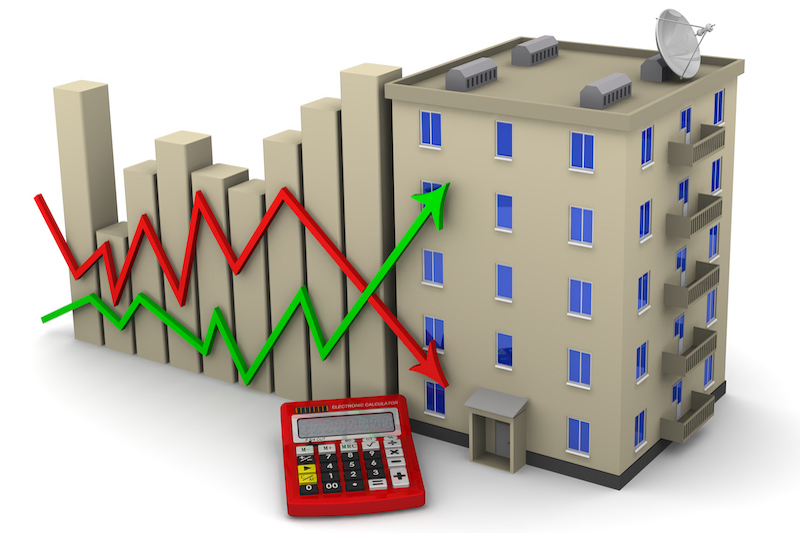The Arbor Single-Family Rental Investment Trends Report Q1 2022, published in partnership with Chandan Economics, provides insights into the rapidly growing Single-Family Rental (SFR) market.






The Arbor Single-Family Rental Investment Trends Report Q1 2022, published in partnership with Chandan Economics, provides insights into the rapidly growing Single-Family Rental (SFR) market.
Our quarterly report on the current and emerging small multifamily investment trends features data and research from Chandan Economics. The report reviews the state of the market, identifying trends in underwriting, financing, cap rates, valuation and more. In the report, you’ll learn how small multifamily properties differ from larger properties, and the forces driving their investment performance.
The Spring 2022 Arbor Realty Trust-Chandan Economics Affordable Housing Trends Report provides comprehensive insight and analysis of major trends shaping affordable housing nationwide. Our report examines the major market developments and the outlook ahead.
The list of metros with noticeably higher permits per capita includes familiar growth markets such as Austin, TX, and Nashville, TN, but also under-the-radar markets like Bloomington, IN, and Rapid City, SD.
Climbing home prices, rising rents, and widespread inflation have combined to create a challenging economic climate for both businesses and individuals. Demand for affordable housing options remains high, though the current climate has exacerbated the affordability crisis that predates the pandemic.
Demand stability and growing liquidity for small multifamily assets are broadly supportive of the sector heading into 2022. Here’s a look at Q4 2021 small multifamily investment benchmarks.
Single-family rental enjoyed its best year on record in 2021, as demographic and pandemic-related forces combined with growing investment enthusiasm. The sector’s decade-long trend of institutionalization has accelerated over the past year.
At the Mortgage Bankers Association’s (MBA) 2022 Commercial/Multifamily Finance Convention and Expo) in San Diego, CA, in mid-February, the following three topics were discussed by presenters and attendees and reflect what’s top-of-mind for the industry.